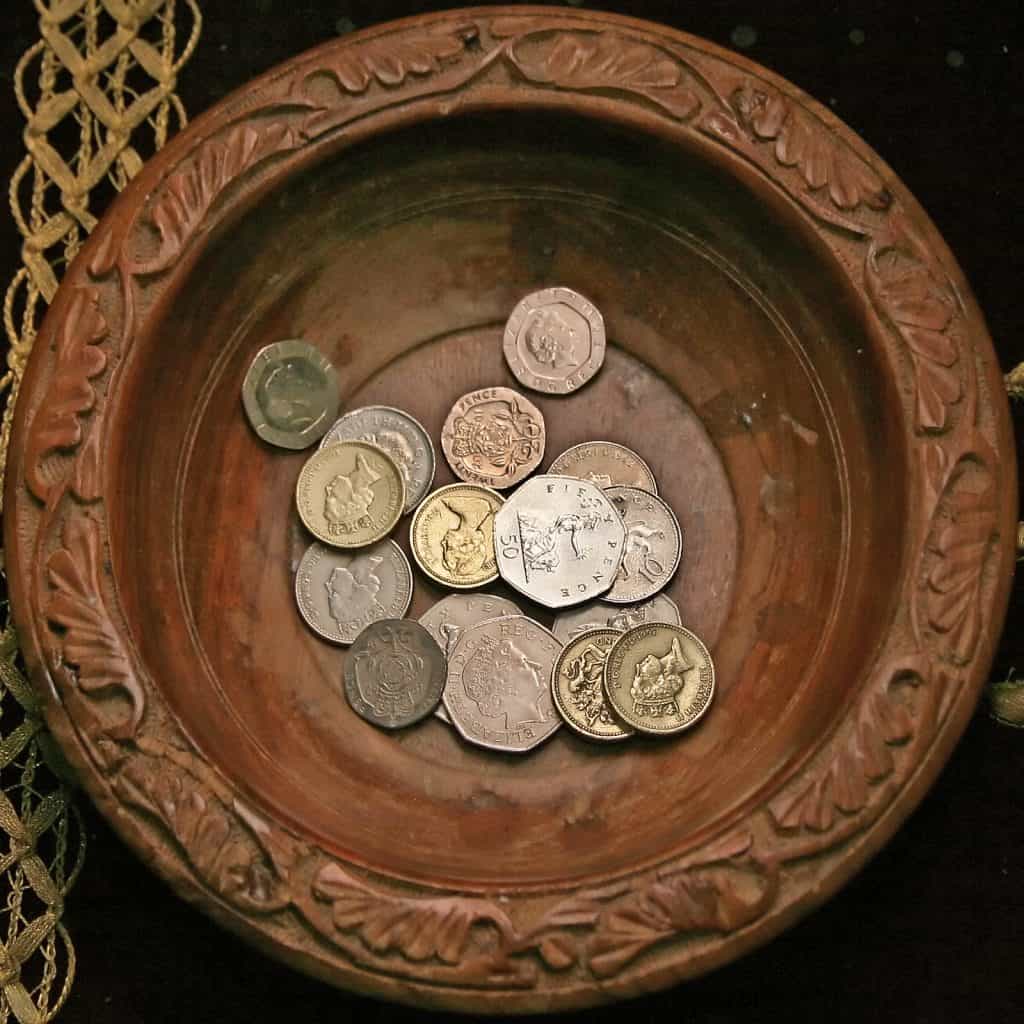By Andrew Brown
Will the Church of England go broke in the pandemic? The question seems absurd: apart from the incalculable worth represented by cathedrals, the Church Commissioners have £8.5bn in assets and another £2.5bn tucked away in a pension fund. Nonetheless, the church on the ground is facing an existential crisis. Churches will shut, clergy posts will be lost, and its income diminished, possibly for ever.
The diocese of Liverpool has already taken the unprecedented step of furloughing some of its temporary curates. The Church Commissioners have already lent the dioceses £75m to pay clergy salaries and this week sent out a letter reassuring them them that more might be available. The reassurance was needed. The ramshackle organisation of the church and its finances means that the money in the centre may never get to where it is most needed.
The Church of England is divided into 42 separate and largely self-governing dioceses. Each has several bishops, a budget to pay its clergy, and some have a store of historic assets. They are supposed to raise money from the congregations who do so entirely voluntarily: the dioceses then pass the money up to the Church Commissioners, who redistribute it.
While the older and mostly southern dioceses have large reserves, many of the newer or more rural ones were teetering on the edge of bankruptcy before the coronavirus hit. Lincoln, for example was already running a deficits of £3m. Manchester has an annual deficit of £1m, Gloucester, £1.3m, and York £1.75m. I was unable to find a single diocese that had been in surplus last year, although one is rumoured to exist.
Against this background, parishes everywhere are looking at a sharp drop in income. With no congregations in the churches, there will be nothing in the collection plates, and although the church has been trying for decades to encourage regular giving through direct debits this has not been well received.
About nine per cent of the parish income comes from cash — and the regularly hyped trials of cashless payment systems still need people in church to use them. Income from fees for weddings and funerals is another six per cent of parish incomes but has been in decline since 2015 and will take a big hit from the lockdown.
Beyond that there is a less obvious loss of income especially for poorer parishes. Many of them are reliant on the income from letting church halls and other properties they own. That has also dried up and may take a long time to return in a recession.
Even the volunteer labour on which the church depends has been badly hit by the virus: one vicar with whom I talked said that when he and a colleague were discussing who would take over if one of them fell ill, they discovered that all the lay officers were over 70 and thus locked down.
The crisis has been a long time coming. In the past decades, as fewer and fewer children have followed their parents into faith, the average age of congregations has crept up until they are now on average 12 years older than the surrounding population. The Church of England’s most recent figures show that the number of regular, non-cash-givers shrank by 20 per cent in the decade to 2018.
Although this faithful remnant paid slightly more in real terms — £13.50 each, on average, for a total of £344m — the increase was not enough to compensate for the loss of membership and real parish income from giving shrank by about five per cent over those years. In fact, in 2018 the income from parishioners’ legacies — £59.3m, was slightly higher than the amount of cash put into the plate by living parishioners — £57.4m .
This income is very unevenly distributed. The richest 10 per cent of parishes make more than 50 times as much as the poorest 10 per cent, whose median income is less than £5,000 a year. The rich ones raise between them almost half of all the money given to the church and pay a third of the costs of their dioceses.
The Church Commissioners have for years been prioritising efforts to raise money by increasing the number of parishioners and committed givers, often forming unconventional congregations that can meet outside church buildings. This is bad news for smaller, older churches, whether in the country or the inner cities.
Although no bishop would speak to me on record about this, it is likely that there will be a large-scale programme of church closures, and a redeployment of resources to match changing patterns of population since the Victorian era of large-scale church building.
Whole dioceses may disappear, as happened in West Yorkshire in 2014 when three of the five historic dioceses in Yorkshire disappeared and were reconstituted as the diocese of Leeds. Either way, it seems clear that the Church of England is heading for its biggest structural change since the expansion of the Victorian age.
COMMENT
Mark Arena, head of financial communications, Church of England, [email protected],


















